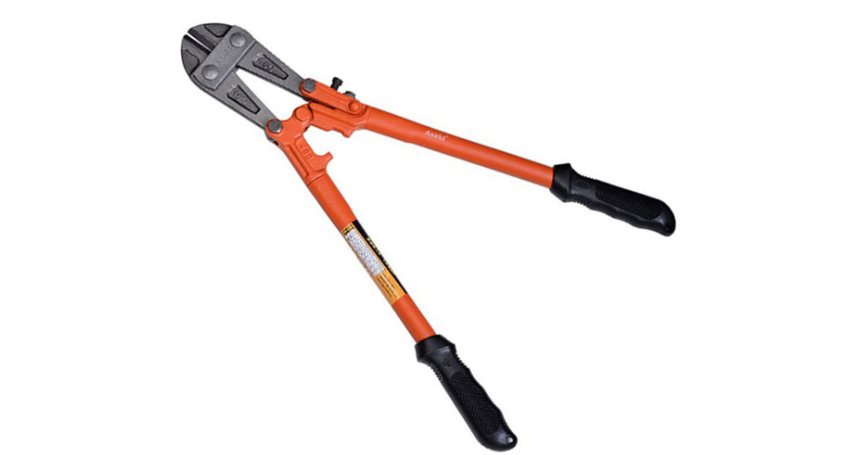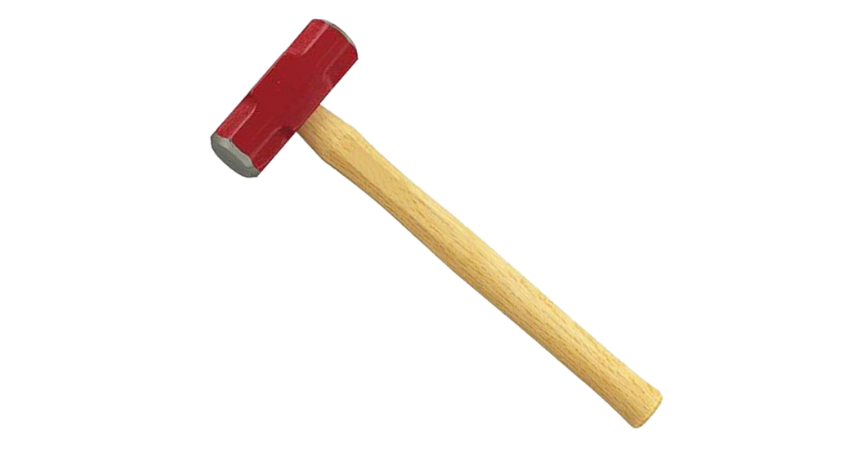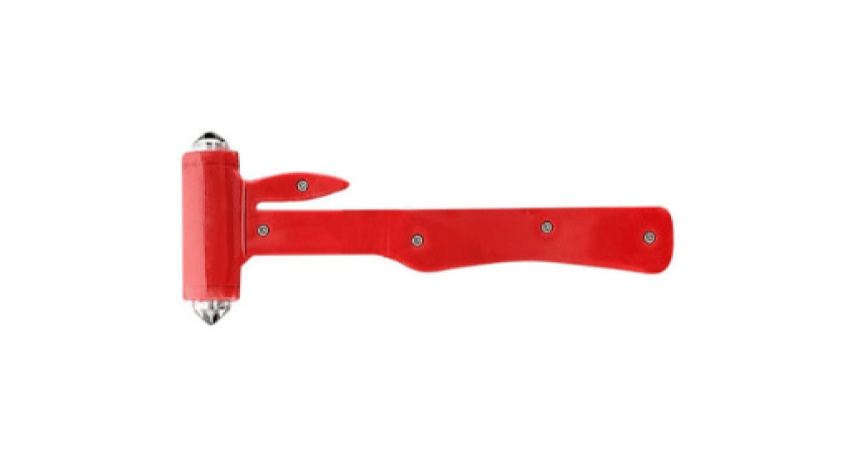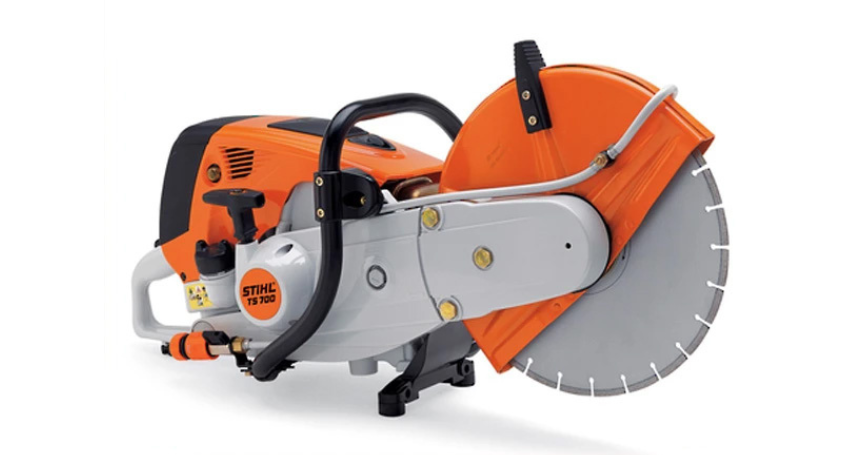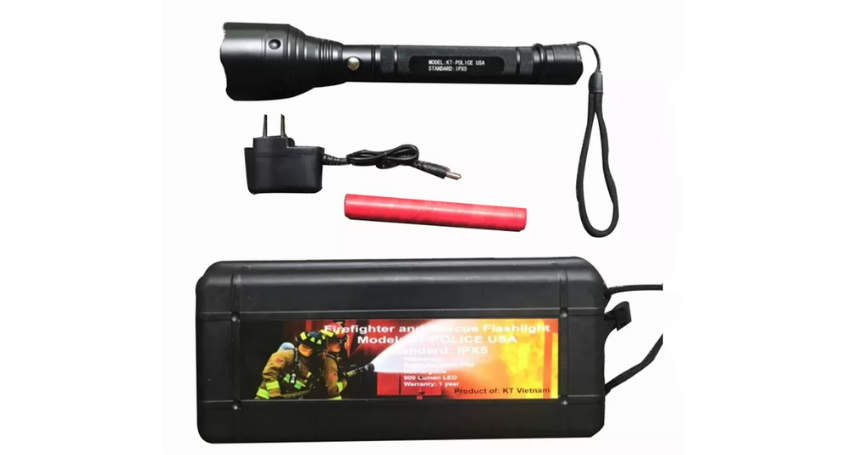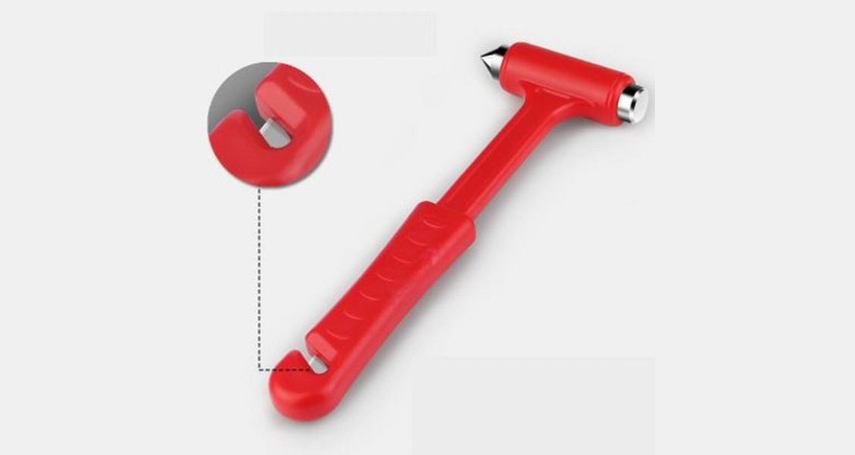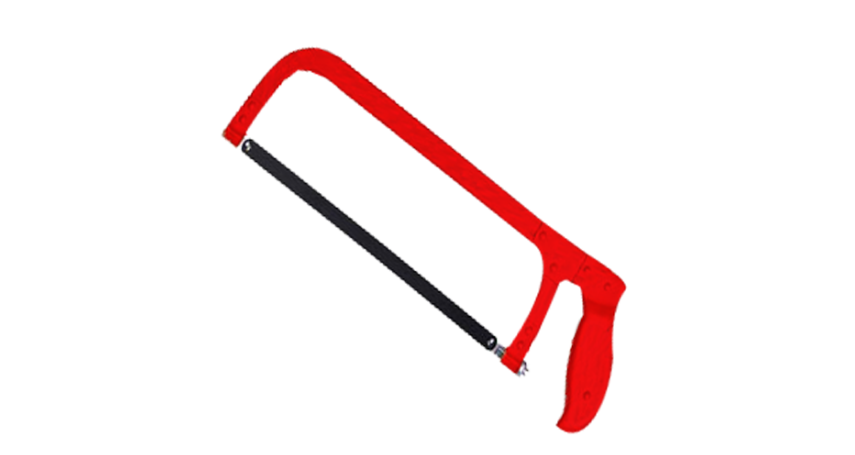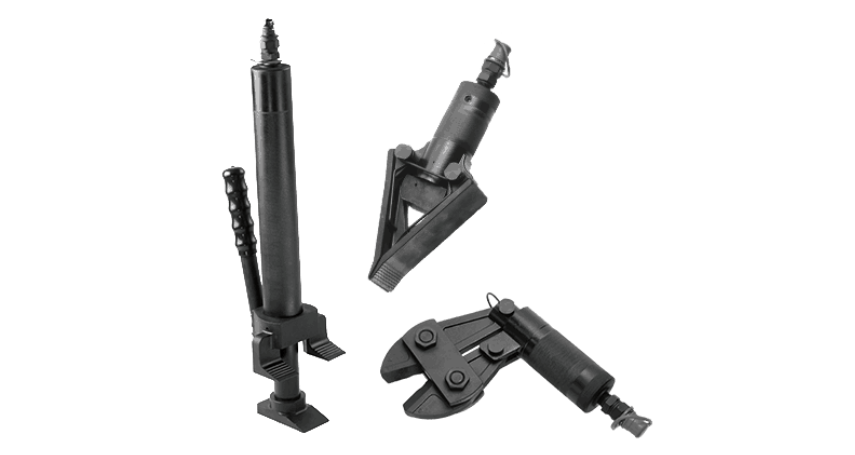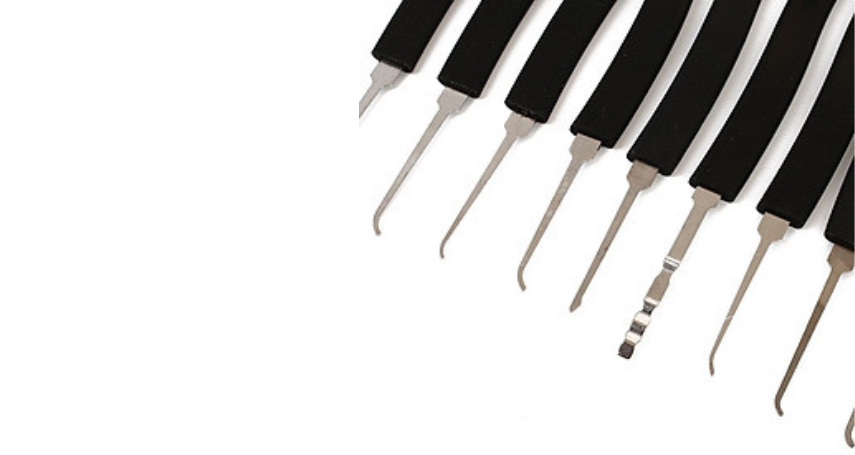Firefighting demolition tools are crucial in emergency situations, especially during fires and explosions. Many tragic accidents occur because rescue teams are unable to reach trapped victims due to obstacles or enclosed spaces. In such scenarios, having a set of demolition tools helps break barriers, open escape routes, and minimize fatal risks. Discover the most commonly used firefighting demolition tools and how to choose the right equipment for each situation in the article below!
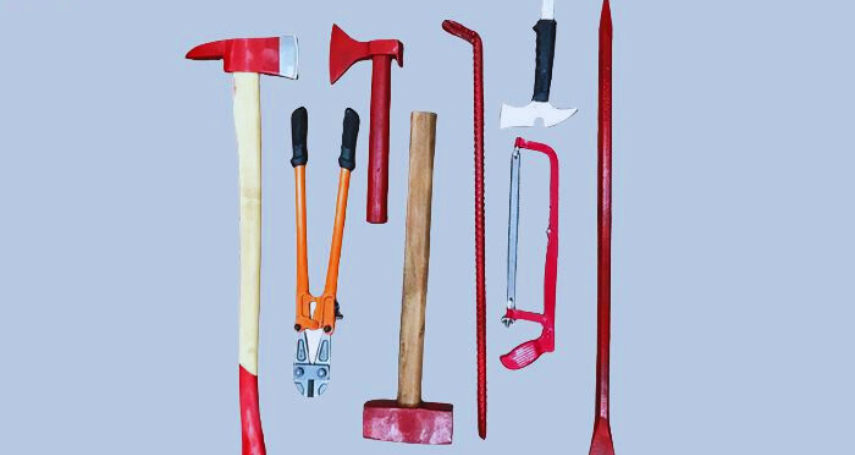
1. What Are Firefighting Demolition Tools?
These are specialized tools designed to assist rescue operations during fires. They are used to break through doors, walls, partitions, or other barriers to rescue victims, allow access for firefighting teams, or prevent the fire from spreading.
Depending on the size and type of the building, the toolset may range from basic manual tools to advanced equipment like concrete cutters, electric saws, or automatic lifting tools.
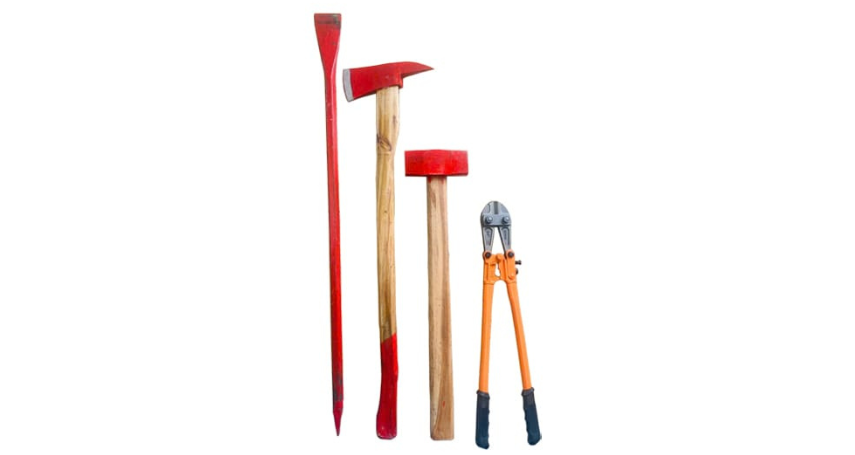
See more: Basic fire prevention and fighting knowledge helps you feel confident when an incident occurs
2. Importance of Demolition Tools in Firefighting
In many cases, fire spreads rapidly and thick smoke makes it hard for victims to escape. Main doors can be jammed or blocked by debris. Rescuers or trapped individuals must use demolition tools to create escape routes or access the fire zone.
Benefits include:
-
- Helping firefighters reach enclosed fire zones quickly
- Rescuing trapped people in elevators or smoke-filled rooms
- Opening locked or jammed windows and doors
- Cutting metal barriers and fences effectively
Without these tools, rescue efforts are dangerous and time-consuming, increasing loss risks.
See more: Latest knowledge about fire prevention
3. Common Firefighting Demolition Tools
Depending on building size, a typical set may include:
4. How to Choose the Right Firefighting Rescue Tools?
Suitable for the scale of the building
-
- High-rise buildings: Equip with full specialized tools such as concrete cutters, chainsaws, crowbars, demolition hammers.
- Boarding houses, households: Should have compact tools like glass breakers, bolt cutters, and small rescue knives.
See more: Top 5 fire alarm devices for households worth buying today
Quality Inspection
-
- Products must meet ISO or Vietnamese TCVN standards.
- Certified by the Fire Prevention and Fighting Police Department or a competent authority.
Clear Origin
-
- Purchase from reputable firefighting equipment suppliers.
- Clear warranty, detailed usage instructions.
- Valid invoices and certificates of origin.
5. Proper Maintenance of Firefighting Demolition Tools
-
- Store in anti-rust, moisture-proof PCCC cabinets: Demolition tools are typically made of metal, making them susceptible to environmental damage. Storing them in specialized cabinets ensures durability and prevents weather-related wear.
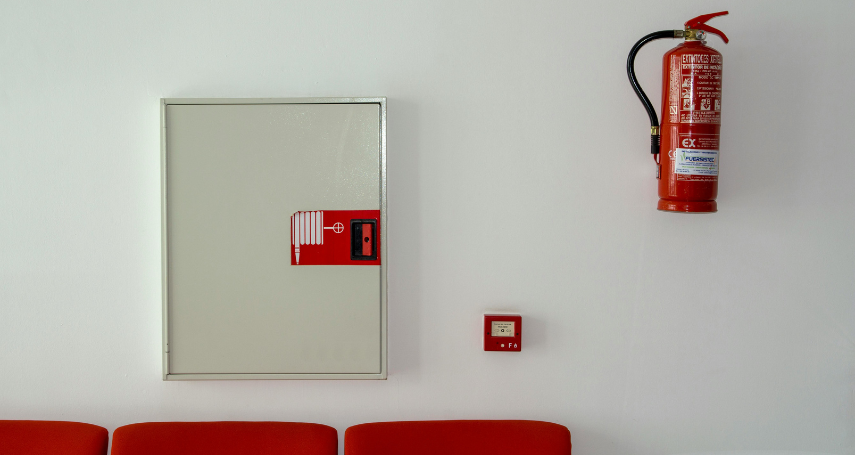
-
- Regular inspections: Tools should be checked at least once every quarter to ensure they are in good working condition. Rusty, dull, or loose components must be promptly repaired or replaced.
- Keep a maintenance logbook: Record inspection dates, responsible personnel, and the condition of each tool to monitor their longevity and usage.
6. Recommended Locations for Installing Firefighting Demolition Tools
Placement should prioritize easy access and visibility—not just storage in warehouses or fire cabinets. Suggested locations include:
-
- Escape corridors: Near staircases or emergency exits for quick access during emergencies.
- Parking lots and basements: High-risk fire zones with potential blocked exits.
- Next to fire hose cabinets: Combine with hoses and extinguishers to form a basic fire station setup.
- On fire trucks/rescue vehicles: Mandatory for emergency response teams to react quickly.
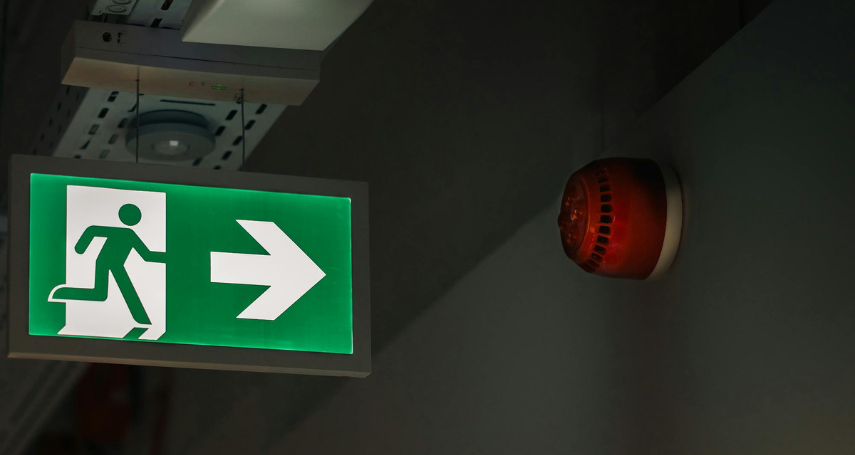
See more: Instructions for installing fire prevention signs in accordance with fire prevention laws
7. Entities Required to Equip Firefighting Demolition Tools
According to Vietnam’s Fire Prevention and Fighting Law, the following entities are recommended (or required, depending on scale) to equip demolition tools:
-
- Apartment buildings or office towers with 5 or more floors
- Commercial centers, supermarkets, factories
- Warehouses, large parking facilities
- Schools, hospitals, training centers
- Government agencies and public offices
- Households in high-risk fire areas (dense urban zones, narrow alleys…)
For businesses and investors, equipping these tools is not just legal compliance but a commitment to community responsibility.
8. Important Notes When Using Demolition Tools
Demolition tools are often heavy and deliver high-impact force, which can be hazardous if misused:
-
- Do not use without proper training: Only trained personnel should operate complex tools like concrete cutters or electric saws.
- Always wear protective gear: Gloves, safety goggles, and smoke masks ensure safety during use.
- Use only during emergencies: Avoid using them for non-emergency purposes to prevent wear and damage.
- Keep out of children’s reach: Tools are often sharp and dangerous, and should be stored securely.
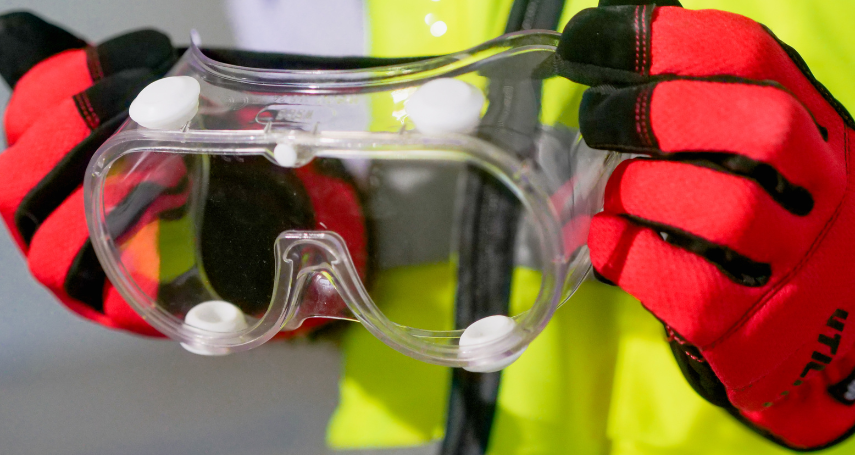
Firefighting demolition tools are a crucial part of modern fire protection systems. Understanding their roles, components, proper use, and maintenance helps protect lives and assets—and contributes to a safer community.
Need consultation for fire protection system installation? Let A-Connection assist you! With experienced engineers and optimized solutions, we guarantee safe, effective PCCC systems for every project. Call 0968 68 8081 or contact us via the form below for free consultation!


